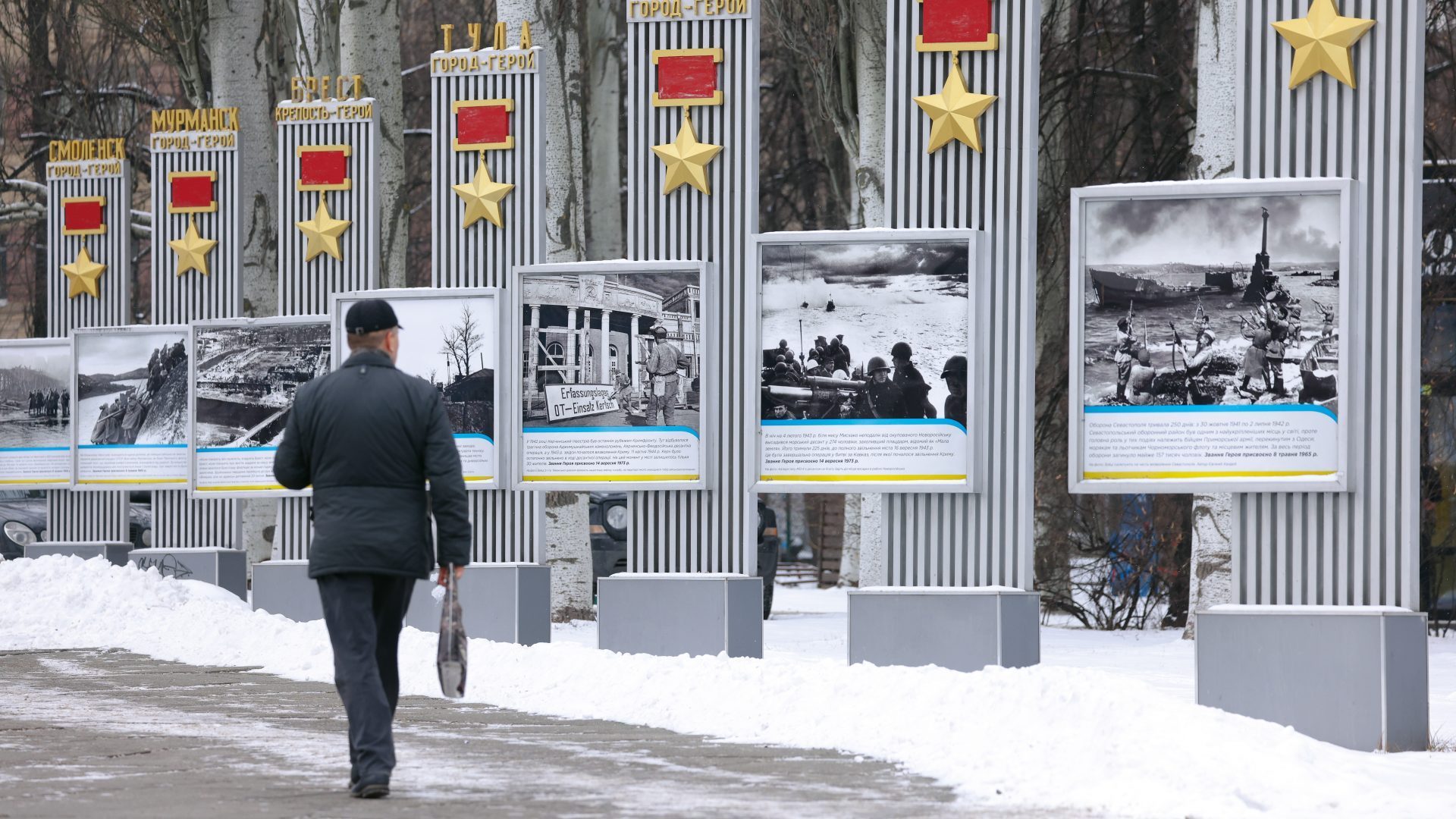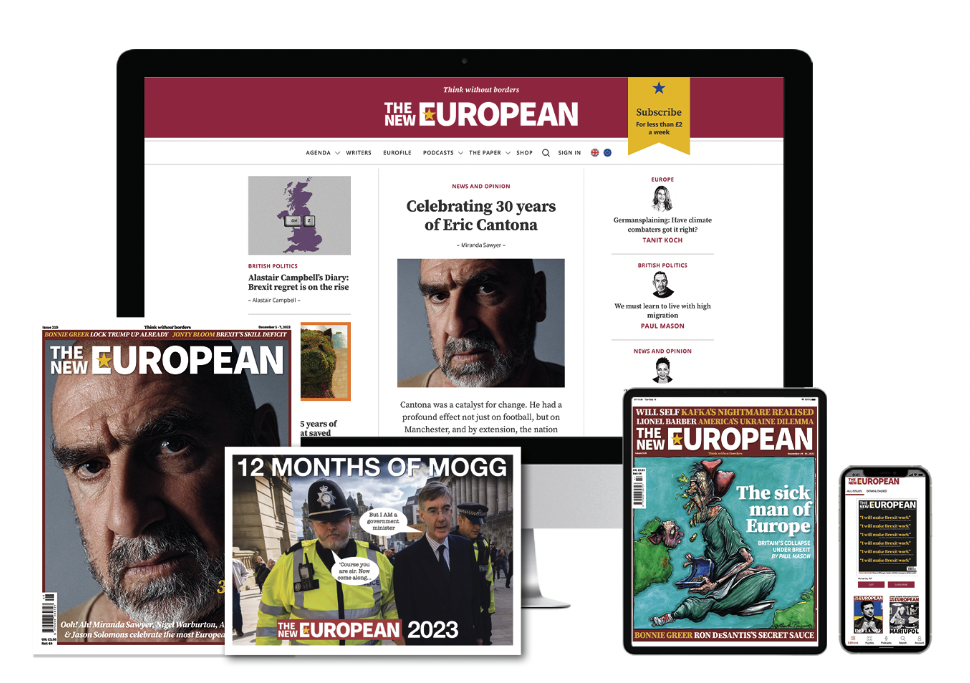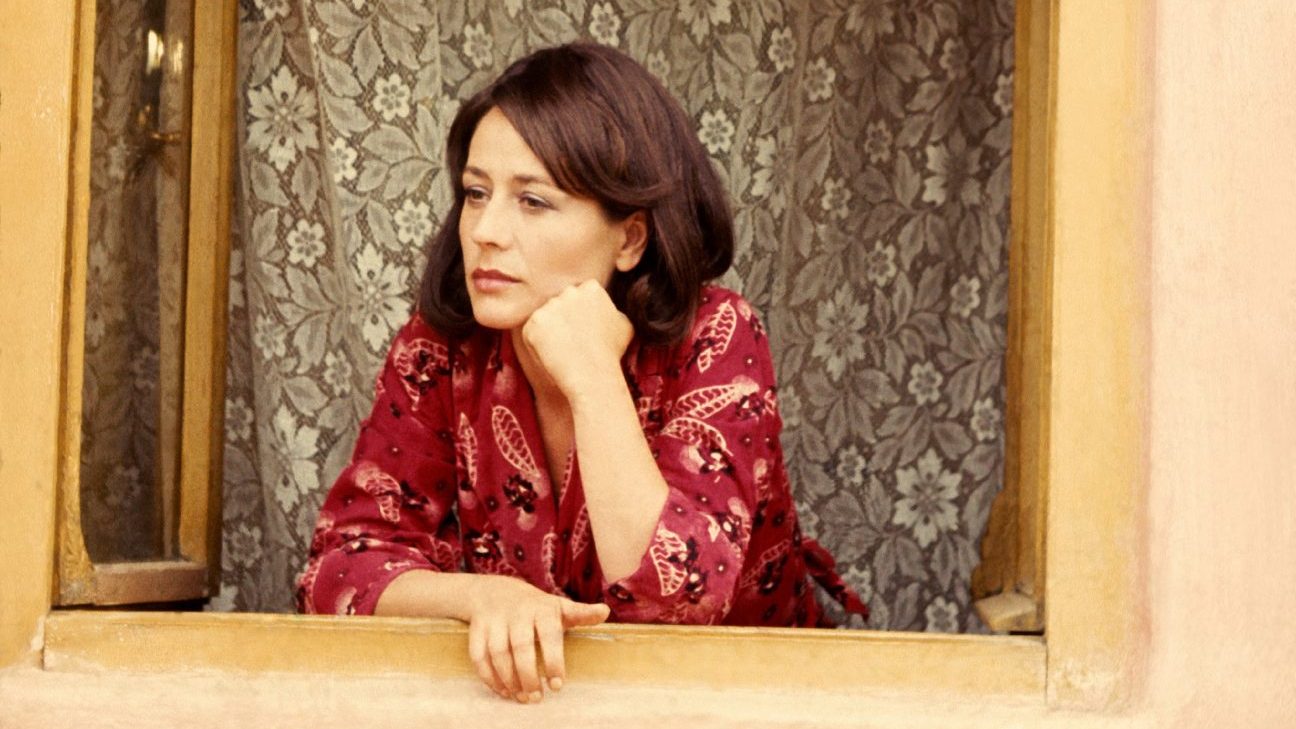I remember going to Kyiv a decade or so ago: bumbling there in a smallish plane – out over rural East Anglia, crossing the coast at Sizewell, where the white dome of the nuclear power station glared up at me… then over the
flatlands of Holland, Germany, Poland. The airport was about the same size as Guernsey’s, and I took a cab to the end of the metro line, then burrowed into the city centre – the marmoreal halls of the underground station were
something of a revelation; but an even greater one was to come, when, after standing on the escalator for what seemed like an implausible amount of time, I looked back to see I was on a conveyance as long as the one that raises up the souls of the departed in Michael Powell’s A Matter of Life and Death.
Yes: I hadn’t known that Kyiv boasted the second-deepest underground station in the world, any more than I’d realised the obvious concomitant: the city centre is built on the high, hilly bluffs of the Dnieper. For the next few days, as I revolved around this cold heaven of a capital, I was confronted again and again by my ignorance: I had no awareness of the different architectural typologies, so found it impossible to date the magnificent complexes of gold-domed churches and monastic buildings in the city
centre, any more than I could tell which workaday ones were pre- or postwar. I had neither language, so couldn’t chat with either Russian or Ukrainian speakers – let alone unravel the complex intertwining of the two communities.
And I had no real grasp of the dread interpenetration of Kyiv’s past and present, such that when I asked the name of the overgrown ravine I could see from the window of my hotel room, I was genuinely shocked by the reply: Babi Yar. An estimated 100,000-150,000 Jews, Ukrainian nationalists,
Soviet prisoners of war and Roma were murdered in this defile during the German occupation – something I certainly had known, although I hadn’t wanted to put atrocity and location together. I began to wonder if I was
perhaps a little like WG Sebald’s character, Jacques Austerlitz, who in the eponymous novel has no engagement with the German-speaking lands at all, since as a child he was forced to flee Prague by the Nazis.
Had I deliberately restricted my cultural understanding of Ukraine to a minimum because of my Ashkenazi Jewish heritage? These lands had been a killing zone, true enough – and not just in the 20th century – so far as I knew, my maternal family’s deracination had begun when my great-grandfather left neighbouring Belarus for America in the 1880s, fleeing the Russian-led pogroms. But really this was nonsense: there was no transgenerational trauma in my case – just good old-fashioned ignorance.
After all, I had read a couple of books set in Kyiv – Taras Bulba by Nikolai Gogol, and The White Guard by Mikhail Bulgakov. The trouble was that the action of the former take place in the 1800s, and the latter during the Russian civil war. Still, Bulgakov’s classic does help to set the scene for
contemporary Ukraine’s travails, what with its evocation of a city under siege by no fewer than 12 countervailing forces, and a family torn apart by competing loyalties to Russia and Ukraine.
But as I say: I was ignorant, really – because to properly know somewhere is to engage with it mano-a-mano and in real time; and although I was writing a story, so talked to Ukrainians of all stripes, the language barrier had to be
vaulted by a bevy of young Ukrainian fixers and interpreters who’d been hired for me by the ritzy New York magazine I was on assignment for. As they frog-marched me from interview to interview my disorientation only grew greater – and, as so often in these situations, I began to wonder if what they were telling me was really what our interview subjects were telling them.
This comparison occurred to me: I was like a politician, engaged in some sort of shuttle diplomacy, and while I might be able to write up my story convincingly (I’d done my research in this area at least), the wider meaning of what I was engaged in would altogether elude me – by which I mean to say: although I’d very definitely been to Kyiv, and had distinct and concrete memories of the place, such was my continuing ignorance of the city’s culture and its context, I might as well not have gone in the first place.




